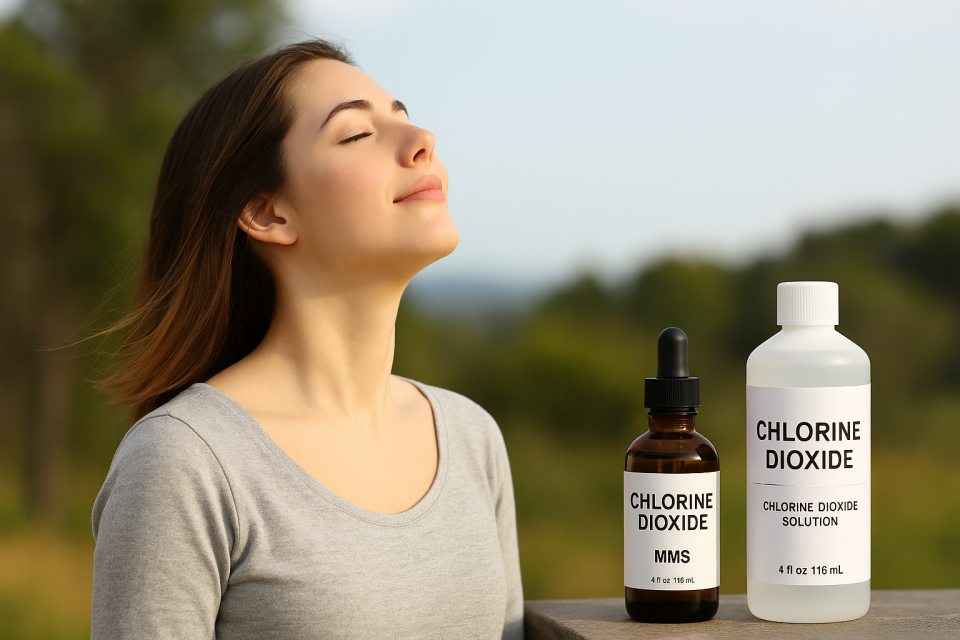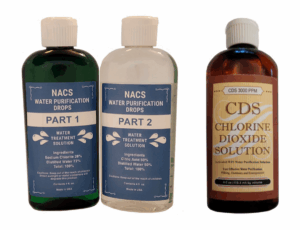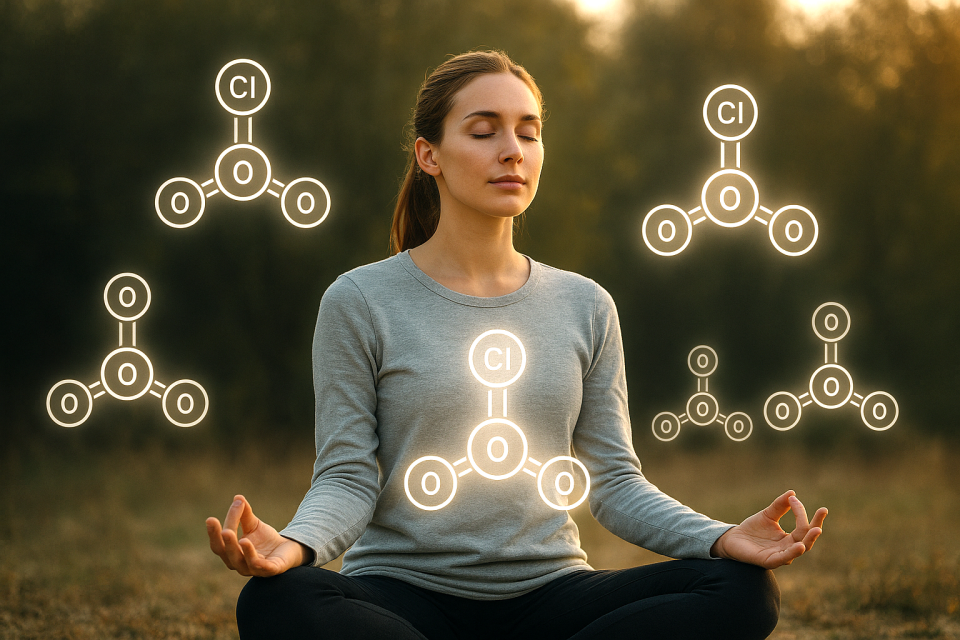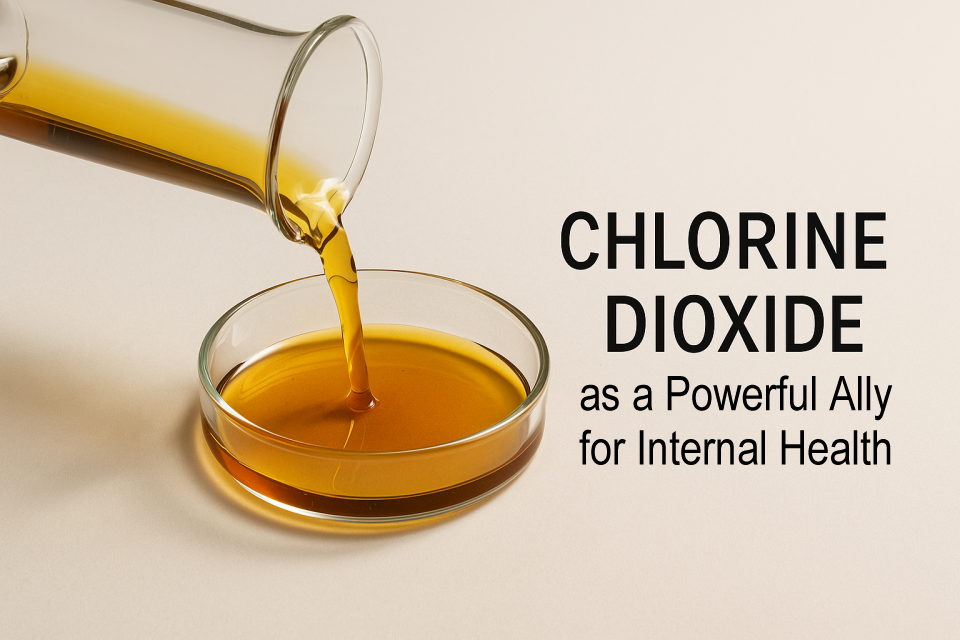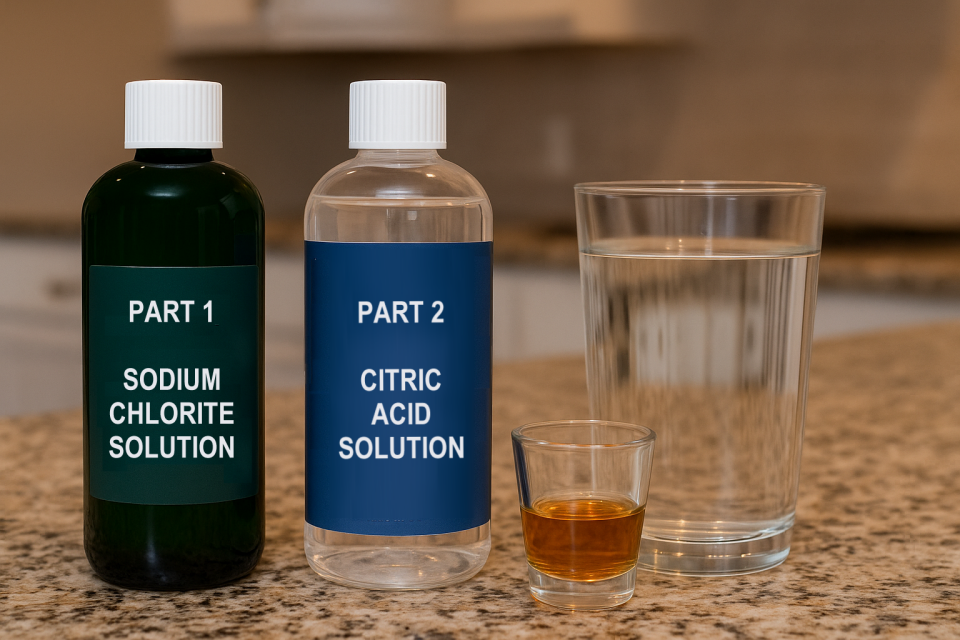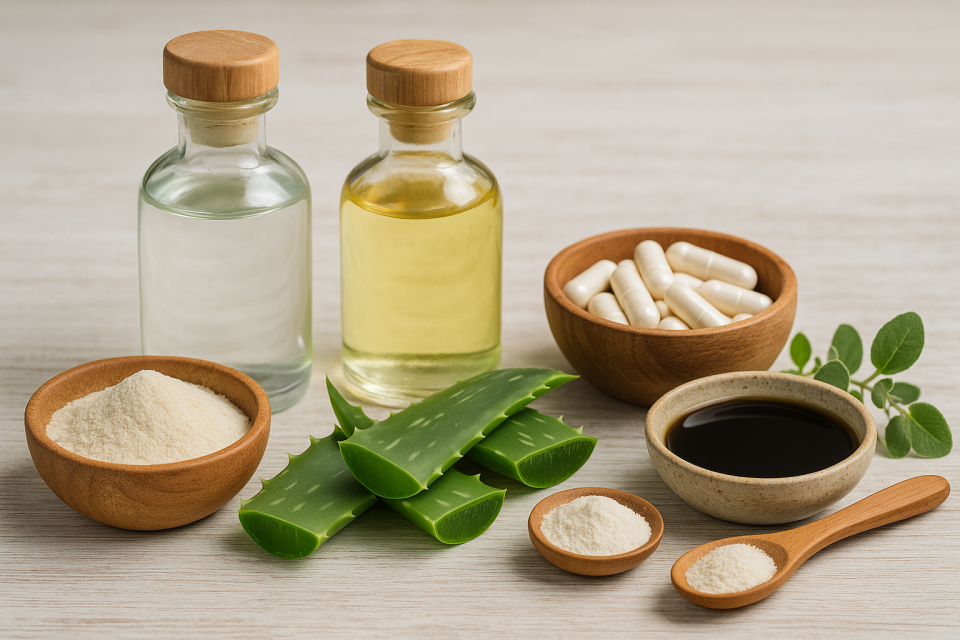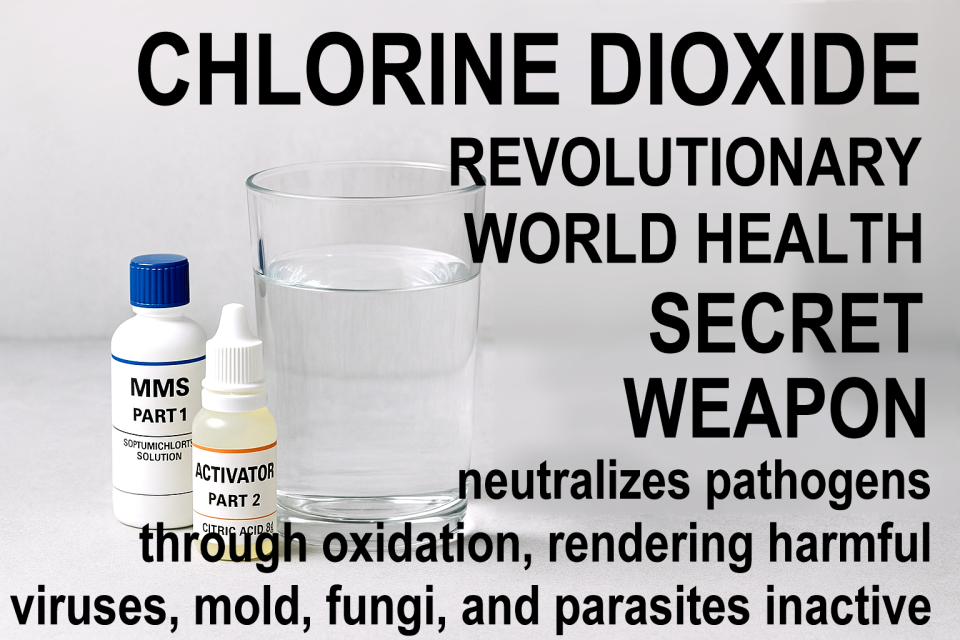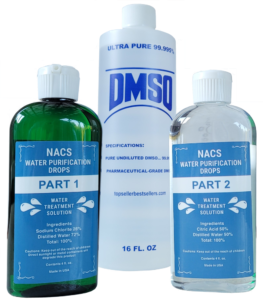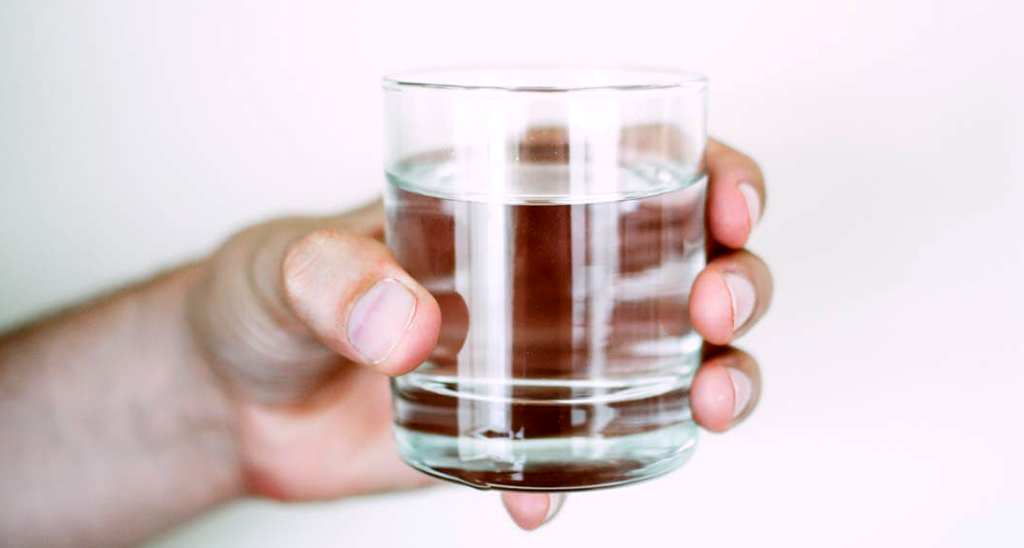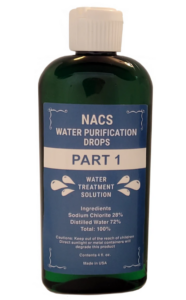Cardiovascular disease remains one of the leading causes of death worldwide, and yet many people are beginning to explore alternative ways to support the heart’s natural healing and repair mechanisms. Among the growing number of natural or non-pharmaceutical approaches being studied, chlorine dioxide (CD) has attracted attention for its potential to purify the blood, reduce arterial inflammation, and address microbial imbalances that contribute to chronic heart and vascular problems.
A Holistic View of Cardiovascular Disease
From a holistic perspective, heart disease is often more than clogged arteries or cholesterol levels. It’s a whole-body inflammatory process that can be triggered or worsened by long-term infection, oxidative stress, and toxic buildup in the bloodstream. These underlying factors weaken the vessel walls, disrupt normal circulation, and reduce the amount of oxygen the blood delivers to tissues.
Advocates believe that chlorine dioxide, when used correctly and responsibly, helps reduce inflammation, neutralize harmful microbes, and improve oxygen efficiency in the bloodstream, all of which are important for heart health. The thinking is that by lowering the pathogen load and oxidative stress, the body restores balance and heals itself.
What Chlorine Dioxide Does
Chlorine dioxide is a powerful oxidizer, not a drug. Rather than suppressing symptoms, it neutralizes harmful bacteria, viruses, fungi, and biofilm through oxidation, a natural process that breaks down unwanted microorganisms without harming healthy tissues when used properly.
Supporters of CD in heart health suggest that:
- It reduces chronic vascular inflammation, a key contributor to arteriosclerosis and heart attacks.
- It helps clear microbial colonies that attach to artery walls, triggering immune responses and plaque formation.
- It supports blood purification, improving circulation and oxygen delivery to the heart muscle.
- It reduces oxidative stress by helping the body restore redox balance after infection or toxic exposure.
Is Chlorine Dioxide Safe for Heart Health Applications?
Yes, when used properly.
That phrase cannot be emphasized enough. Safety and effectiveness always depend on correct dilution, correct dose, and correct use. The same principle applies to any medical or nutritional compound.
Let’s consider a few familiar examples:
- Potassium is essential for heart rhythm, but it can cause dangerous arrhythmias or cardiac arrest if taken in excessive amounts.
- Water, which we all need to survive, can cause a fatal electrolyte imbalance if consumed excessively (a condition known as water intoxication).
- Magnesium, vital for muscle and nerve function (including the heart muscle), can cause low blood pressure, slowed heartbeat, or cardiac arrest if taken in very high doses, especially in people with kidney problems or those already on heart medication.
The key point is this: just like any other medication or supplement, you must be careful to use chlorine dioxide the right way, at the right dose, and for the right reason.
There are many peer-reviewed studies, patents, and clinical data supporting the safety of chlorine dioxide when used in low, controlled concentrations. Decades of industrial and medical testing confirm that its oxidation products are non-toxic at therapeutic levels. In fact, chlorine dioxide has been safely used to purify blood for transfusion, sterilize medical equipment, and sanitize water supplies worldwide.
What Chlorine Dioxide Does Not Do
Author and researcher Herb Roi Richards puts it plainly: “Chlorine dioxide does not cure any disease.”
Instead, it helps the body by removing the interference, the pathogens, spirochetes, and toxins that prevent natural healing. Many people who have been labeled with “incurable diseases” may actually be suffering from chronic microbial infections, hidden parasites, or environmental toxins that mimic the symptoms of other conditions.
Richards shares his own experience:
“Both my wife and I were diagnosed with serious diseases that were considered incurable. When we began applying chlorine dioxide, we discovered that we were really fighting pathogens, spirochetes, and other microbes, which chlorine dioxide excels at neutralizing. Once these burdens were reduced, our bodies began to recover naturally.”
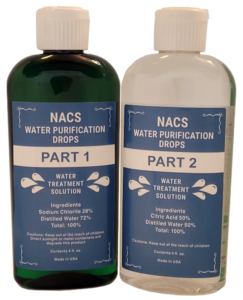
How Chlorine Dioxide Supports the Heart
- Improved Blood Quality: Chlorine dioxide oxidizes waste products and pathogens, helping restore blood clarity and oxygen-carrying capacity.
- Reduced Arterial Inflammation: Chronic infections or microbial residues in the arteries trigger inflammation; chlorine dioxide helps clear these irritants.
- Better Microcirculation: Cleaner blood and less vascular resistance allow the heart to pump more efficiently.
- Support for Detoxification: By reducing toxic load, the liver and kidneys function better, indirectly easing the strain on the heart.
- Immune Balance: A lowered pathogen load helps the immune system relax, reducing systemic stress that often contributes to hypertension or arrhythmia.
Responsible Use
Always remember that chlorine dioxide is not a replacement for emergency medical care. It can be used as a supportive adjunct for maintaining cardiovascular wellness under proper guidance. If you have a heart condition or take prescription medication, discuss any use of CD with a qualified health practitioner familiar with oxidative therapies.
Start with low concentrations as recommended in well-documented protocols, and observe your body’s responses carefully. Healing occurs at your body’s pace; more is not necessarily better.
Magnesium and Chlorine Dioxide Synergy: The Balance That Supports the Heart
Both magnesium and chlorine dioxide (CD) play essential but very different roles in maintaining heart health. When used wisely, they complement each other beautifully, but only when kept in proper balance.
Magnesium’s Role:
Magnesium is often called the “relaxation mineral.” It helps calm the heart muscle, steady the rhythm, and maintain proper electrical signaling between cells. Adequate magnesium reduces muscle spasms, lowers mild hypertension, and supports better sleep and stress management, all of which are important for cardiovascular recovery.
Chlorine Dioxide’s Role:
Chlorine dioxide helps the body by clearing out microbial interference and oxidative waste, which allows cells, including heart and blood vessel cells, to function more efficiently. It doesn’t replace minerals like magnesium; instead, it helps create the clean internal environment those minerals need to do their job properly.
The Synergy:
When used together (but not mixed in the same solution), magnesium helps nourish and stabilize cells, while chlorine dioxide helps detoxify and purify the surrounding terrain. This combination promotes improved energy flow, better oxygen exchange, and calmer cardiovascular performance.
The Caution:
Too much magnesium can cause dangerously low blood pressure, dizziness, slow heartbeat, and even cardiac arrest, especially in those with weak kidney function. Therefore:
- Avoid megadoses. Stick with modest, balanced supplementation.
- Do not mix magnesium directly with chlorine dioxide, as it can reduce CD potency.
- Alternate or separate use by at least one hour if both are part of a wellness plan.
In short, chlorine dioxide helps clear the path, while magnesium helps the heart beat strong and steady, but both must be used with care and respect for their unique properties.

The heart is not just a pump; it’s the energetic center of your being. Supporting its health requires more than pills or supplements; it takes balance, purification, and connection with life’s natural rhythms.
Used properly, chlorine dioxide and magnesium are valuable tools in that process, helping clear the path for the body’s own intelligence to do what it was designed to do: heal itself.
Practical Application Guide for Supporting Heart Health Naturally
This guide is meant to help you understand how these elements work together to support cardiovascular wellness when used responsibly and in proper balance. It’s not a medical prescription, but rather a pattern of safe, thoughtful use that honors both science and common sense.
Morning: Start with Purity and Oxygenation
- Hydrate First: Upon waking, drink one glass of clean water (preferably with a pinch of sea salt or trace minerals). This helps restore overnight fluid loss and balances electrolytes.
- Chlorine Dioxide Support: About 30 minutes later, begin your first micro-dose of chlorine dioxide solution following a known safe protocol (such as the three-drops-activated hourly method or a diluted CD water bottle). This helps cleanse the bloodstream and prepare cells to function more efficiently throughout the day.
- Gentle Movement: Stretch or walk outdoors to increase circulation and oxygen exchange, amplifying the purifying effect of CDS.
Midday: Support Cellular Function and Relaxation
- Magnesium Intake: Around lunchtime or early afternoon, take your magnesium supplement or eat magnesium-rich foods (such as leafy greens, pumpkin seeds, or almonds).
- Avoid taking magnesium at the same time as CD. Wait at least one hour between them.
- Magnesium helps your heart muscle relax, supports nerve signaling, and balances blood pressure after the body’s morning detox.
- Continue Hydration: Keep water intake steady through the day, but sip slowly rather than gulping large quantities. This helps prevent overhydration and maintain electrolyte balance.
Evening: Restore and Rebalance
- Potassium Source: At dinner or shortly before bedtime, include potassium-rich foods like avocado, coconut water, spinach, or baked potato with the skin. Potassium supports a smooth heart rhythm and hydration balance overnight.
- Optional Magnesium Top-Up: A small magnesium dose before bed helps calm the heart and promote restful sleep. Avoid excessive amounts; more isn’t better.
- Wind Down: A few minutes of deep breathing or gratitude reflection lowers stress hormones and complements the heart-cleansing benefits of chlorine dioxide.
Weekly Wellness Rhythm
- Rest Days: If following a daily CD routine, consider taking one rest day per week to allow the body’s natural microbiome to rebalance.
- Mineral Check: If you notice fatigue, muscle cramps, or irregular heartbeat, check your electrolyte levels with a healthcare provider. The balance between magnesium, potassium, and sodium is crucial for cardiovascular stability.
- Diet and Lifestyle: Favor anti-inflammatory foods, fruits, vegetables, healthy fats, and minimize processed sugars and seed oils. Combine CD and mineral support with clean nutrition for the best results.
Your heart is an intelligent organ; it responds not only to chemistry but to emotion, rest, and love. While chlorine dioxide helps cleanse the blood, magnesium and potassium strengthen its rhythm, and water keeps everything flowing, it’s your consistent attention to balance that brings true healing.
As Herb Roi Richards often says:
“You don’t cure the heart, you support it so it can heal itself.”

